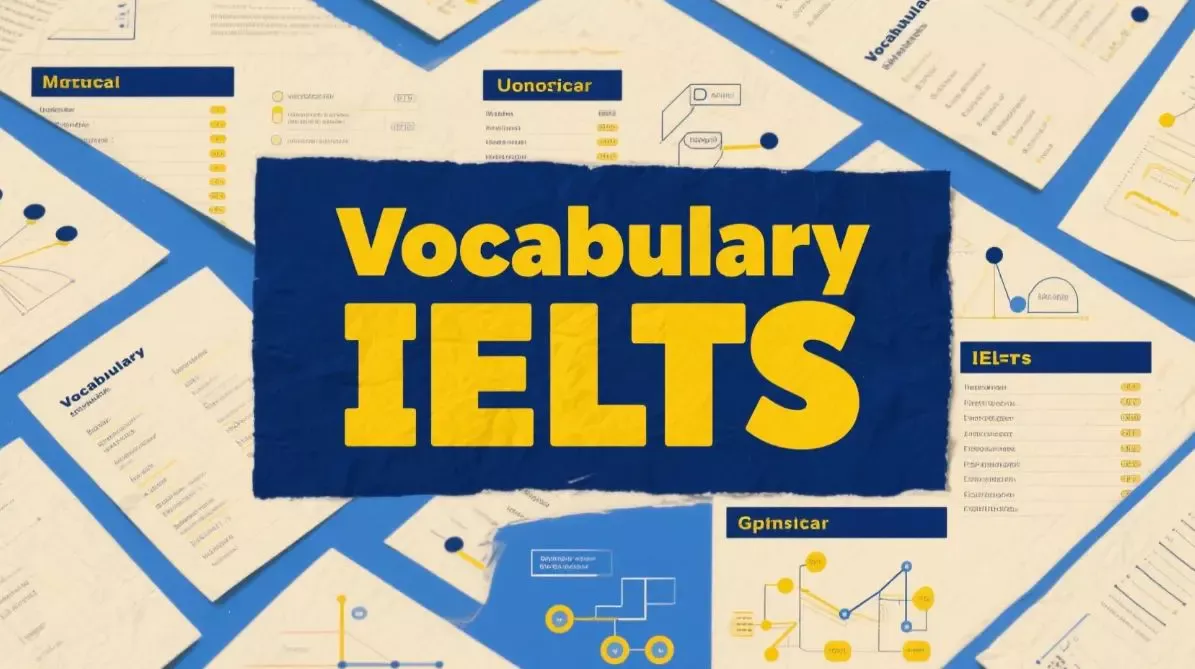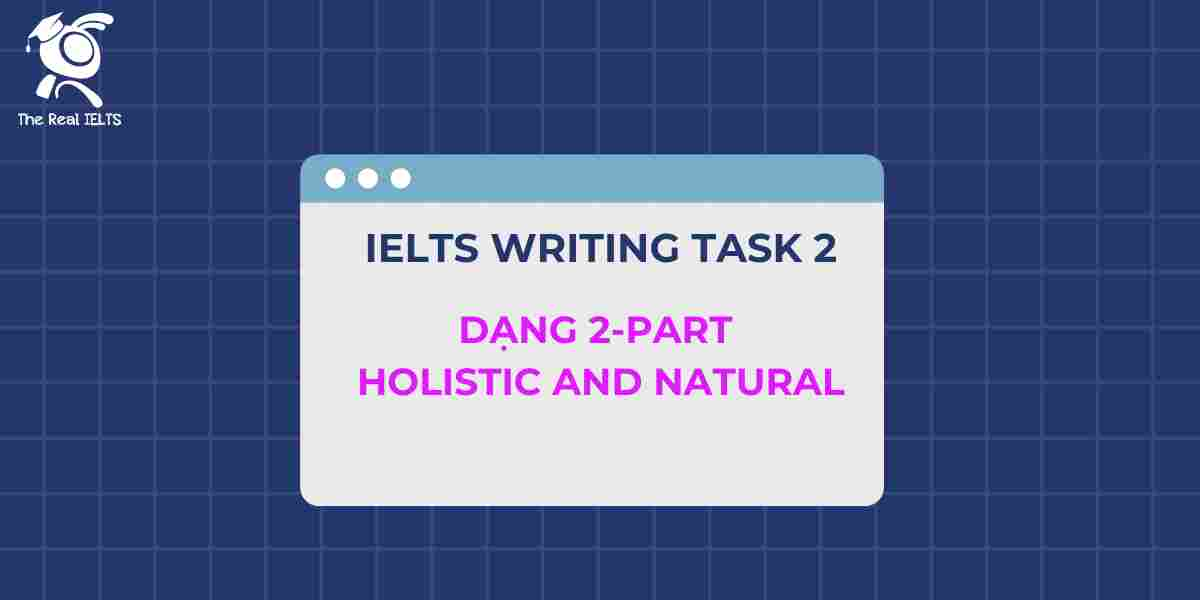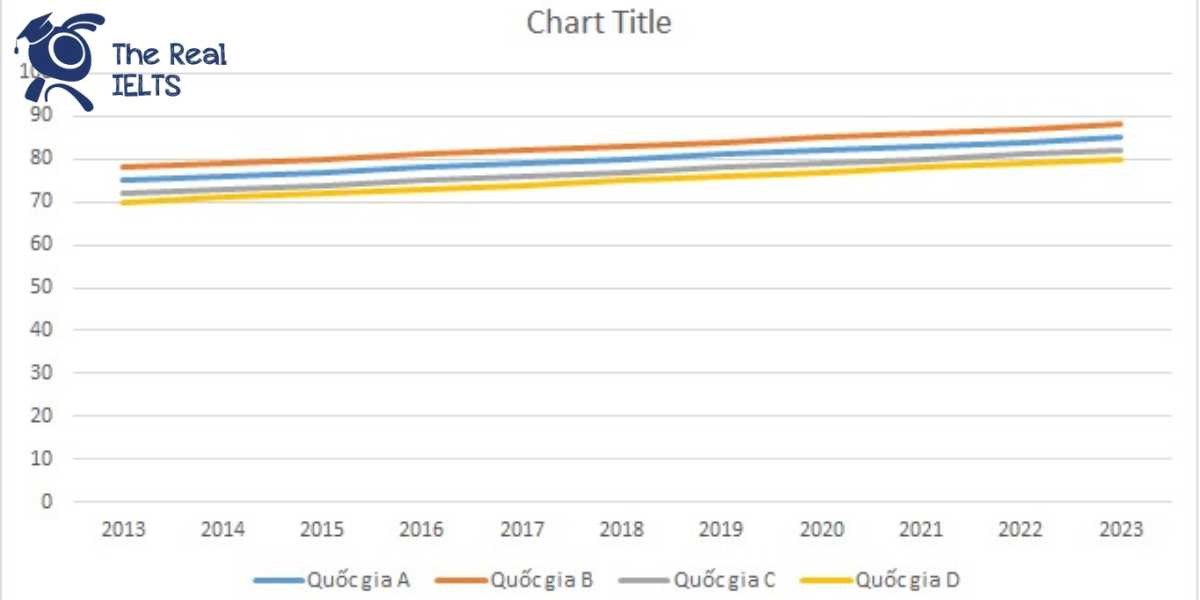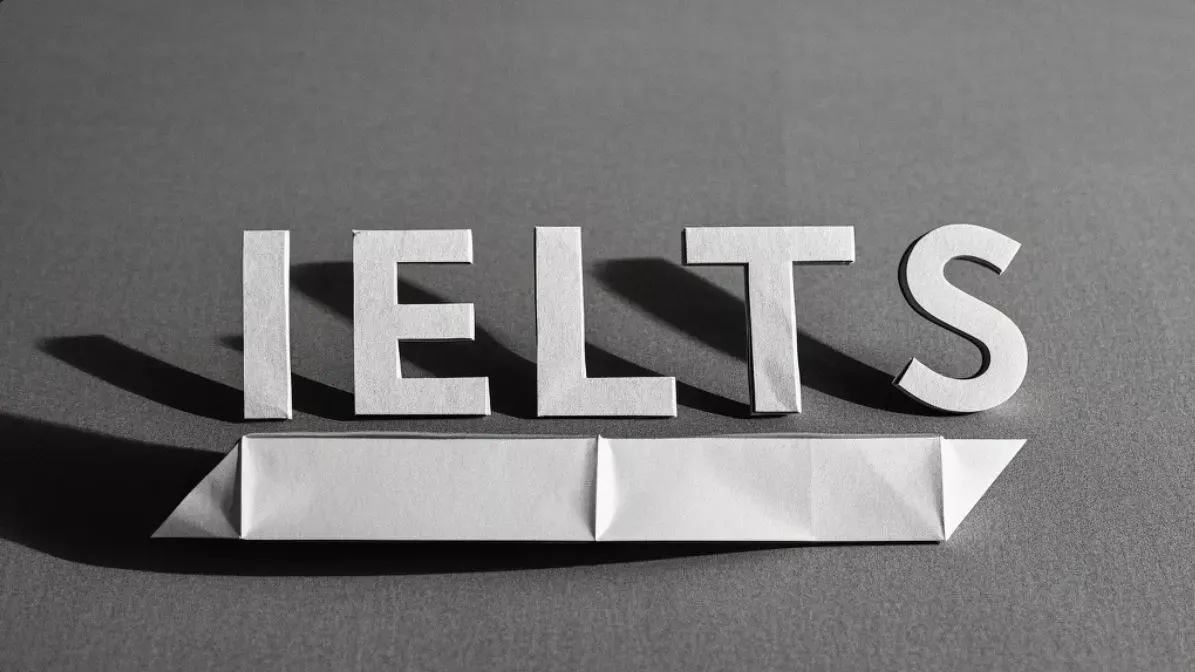IELTS Reading 52: Issues of social justice là chủ đề thuộc chuỗi bài luyện tập 11 dạng bài IELTS Reading và các bài tập luyện tập.
Học lại bài cũ: IELTS Reading 51: Changes in modern lifestyles.
IELTS Reading: Issues of social justice
Social justice, a fundamental principle within modern societies, advocates for fairness, equality, and equity across social, economic, and political spheres. Social justice addresses inequalities within areas such as income distribution, access to education and healthcare, housing, and the criminal justice system. The goal is to ensure that everyone, regardless of their background, has equal opportunities and rights.
One key component of social justice is economic equality. Economic inequalities often arise from systemic issues, including wage gaps, wealth disparities, and a lack of access to quality jobs. These economic imbalances can hinder individuals and communities from achieving financial stability. For instance, the wage gap between men and women persists in many societies, with women typically earning less than men for the same work. Similarly, racial disparities can affect income levels, as some minority groups face greater obstacles in securing high-paying positions.
Another aspect of social justice is access to quality education. Education is widely recognized as a pathway to personal and professional advancement. However, not all individuals have equal access to quality education. In many cases, children from low-income families or rural communities may attend underfunded schools, limiting their educational opportunities. This educational inequality can create long-term disadvantages, affecting students’ abilities to pursue higher education or secure well-paying jobs.
Healthcare access also plays a significant role in social justice. Many people around the world lack adequate healthcare due to the high costs of medical services or an absence of facilities in their areas. This often results in health disparities, with marginalized groups experiencing higher rates of illness and reduced life expectancy. For example, in countries without universal healthcare, low-income individuals may delay or forgo medical treatments because they cannot afford them.
Social justice issues extend to the housing sector as well. Safe, affordable housing is a basic need, but homelessness and housing instability remain significant problems worldwide. Rising real estate prices and inadequate housing policies have led to shortages of affordable homes in major cities. These issues disproportionately affect low-income families, often forcing them to live in substandard conditions or unsafe areas.
The criminal justice system also plays a central role in the pursuit of social justice. Many activists argue that marginalized groups are more likely to face harsh penalties and incarceration rates compared to others, even when committing similar offenses. Studies have shown that systemic biases within law enforcement and the judiciary can result in unequal treatment of individuals from certain racial or socioeconomic backgrounds. This can perpetuate cycles of disadvantage and hinder individuals’ abilities to reintegrate into society after serving their sentences.
Addressing social justice issues requires collaborative efforts among governments, organizations, and individuals. Implementing policies that reduce economic inequalities, improve access to education and healthcare, ensure affordable housing, and eliminate bias within the justice system are essential steps toward achieving social justice.
Questions
1. Multiple Choice
- What is the main aim of social justice?
- A. To improve only healthcare for all
- B. To ensure equal opportunities for all people
- C. To promote economic equality for the wealthy
- D. To maintain income disparities
- Which of the following best describes a reason for income inequality?
- A. Lack of access to healthcare
- B. Underfunded schools in rural areas
- C. Systemic issues like wage gaps and wealth disparities
- D. Inadequate housing policies in urban areas
2. True/False/Not Given
- Wage disparities affect women in all societies.
- Economic inequalities do not impact financial stability.
- Education is widely regarded as a means to personal advancement.
- Healthcare disparities exist only in countries with universal healthcare.
- Rising real estate prices are a direct result of inadequate housing policies.
3. Yes/No/Not Given
- Does the passage suggest that children in rural areas lack access to quality education?
- Are high-paying jobs equally accessible to all racial groups according to the passage?
- Is there a claim that all countries have social justice issues?
- Does the author express support for universal healthcare?
4. Matching Information
Match each of the following pieces of information with the paragraph in which it is mentioned:
- A description of how low-income individuals are affected by healthcare costs.
- A discussion on how education impacts job prospects.
- An example of how wage gaps contribute to economic inequalities.
- The argument regarding fairness within the criminal justice system.
5. Matching Headings
Choose the correct heading for each paragraph:
- Economic Inequalities
- Access to Education
- Challenges in the Housing Sector
- Healthcare Disparities
- Bias in the Criminal Justice System
6. Matching Sentence Endings
Match the beginning of each sentence with the correct ending.
- Education is considered…
- A. even when performing the same tasks.
- Lack of healthcare facilities often results in…
- B. in providing equality in major cities.
- Wage gaps are seen…
- C. to create disadvantages in professional life.
- Affordable housing is a challenge…
- D. in underfunded schools in low-income areas.
7. Sentence Completion
- Social justice advocates for fairness across social, economic, and ___________ spheres.
- Women typically earn less than men due to ___________.
- Children in low-income communities often attend ___________.
- Some marginalized groups face harsher penalties in the ___________ system.
8. Summary Completion
Complete the summary with words from the passage.
Social justice seeks to address _______ and _______ in society. It advocates for equal access to education, which can be limited in low-income areas due to _______. Economic disparities often stem from _______ and other systemic issues.
9. Diagram Label Completion
Label the diagram below with information from the passage.
- _______ Disparities
- Education Inequality
- _______ Disadvantages
- _______ in Housing
10. Short Answer Questions
- What is one key factor that leads to economic inequality?
- Which group often earns less for the same work, according to the passage?
- What do children in rural communities often lack access to?
- Why do some low-income individuals delay medical treatment?
- How are marginalized groups affected by the criminal justice system?
11. Table Completion
Complete the table with information from the passage.
| Aspect | Problem | Impact |
|---|---|---|
| Economic Equality | _______ | Financial instability |
| Education | Underfunded schools | _______ |
| Healthcare Access | High medical costs | Health _______ |
| Criminal Justice System | _______ | Biased treatment towards marginalized groups |
Đáp án
1. Multiple Choice
- B – To ensure equal opportunities for all people.
- C – Systemic issues like wage gaps and wealth disparities.
2. True/False/Not Given
- True – Bài đọc đề cập rằng sự chênh lệch thu nhập giữa nam và nữ vẫn tồn tại ở nhiều xã hội.
- False – Bài đọc nói rằng các bất bình đẳng kinh tế có thể gây khó khăn về ổn định tài chính.
- True – Giáo dục được công nhận rộng rãi là con đường dẫn đến thăng tiến cá nhân và chuyên nghiệp.
- False – Những khác biệt về chăm sóc sức khỏe cũng xảy ra ở những quốc gia không có hệ thống y tế toàn dân.
- True – Giá cả bất động sản tăng cao và chính sách nhà ở không phù hợp đã dẫn đến thiếu hụt nhà ở giá rẻ ở các thành phố lớn.
3. Yes/No/Not Given
- Yes – Bài đọc chỉ ra rằng trẻ em ở khu vực nông thôn và gia đình thu nhập thấp thường không có điều kiện giáo dục tốt.
- Yes – Bài đọc cho rằng các nhóm dân tộc thiểu số gặp nhiều khó khăn trong việc có được công việc có mức lương cao.
- Not Given – Không có thông tin cụ thể nào nói về việc tất cả các quốc gia đều có vấn đề về công lý xã hội.
- Not Given – Không có nhận định nào về việc tác giả ủng hộ y tế toàn dân.
4. Matching Information
- Healthcare Access – Đoạn nói về cách những người có thu nhập thấp bị ảnh hưởng bởi chi phí y tế.
- Access to Education – Đoạn mô tả cách giáo dục ảnh hưởng đến triển vọng nghề nghiệp.
- Economic Equality – Đoạn mô tả ví dụ về sự chênh lệch thu nhập và bất bình đẳng kinh tế.
- Criminal Justice System – Đoạn nói về sự bất công trong hệ thống tư pháp hình sự.
5. Matching Headings
- Economic Inequalities
- Access to Education
- Challenges in the Housing Sector
- Healthcare Disparities
- Bias in the Criminal Justice System
6. Matching Sentence Endings
- C – Education is considered to create disadvantages in professional life.
- D – Lack of healthcare facilities often results in health disparities.
- A – Wage gaps are seen even when performing the same tasks.
- B – Affordable housing is a challenge in providing equality in major cities.
7. Sentence Completion
- political
- wage gaps
- underfunded schools
- criminal justice
8. Summary Completion
- inequalities
- injustices
- underfunded schools
- wage gaps
9. Diagram Label Completion
- Income Disparities
- Education Inequality
- Healthcare Disadvantages
- Inequalities in Housing
10. Short Answer Questions
- Wage gaps
- Women
- Quality education
- They cannot afford it
- They face biased treatment
11. Table Completion
| Aspect | Problem | Impact |
|---|---|---|
| Economic Equality | Wage gaps | Financial instability |
| Education | Underfunded schools | Limited educational opportunities |
| Healthcare Access | High medical costs | Health disparities |
| Criminal Justice System | Bias | Biased treatment towards marginalized groups |















